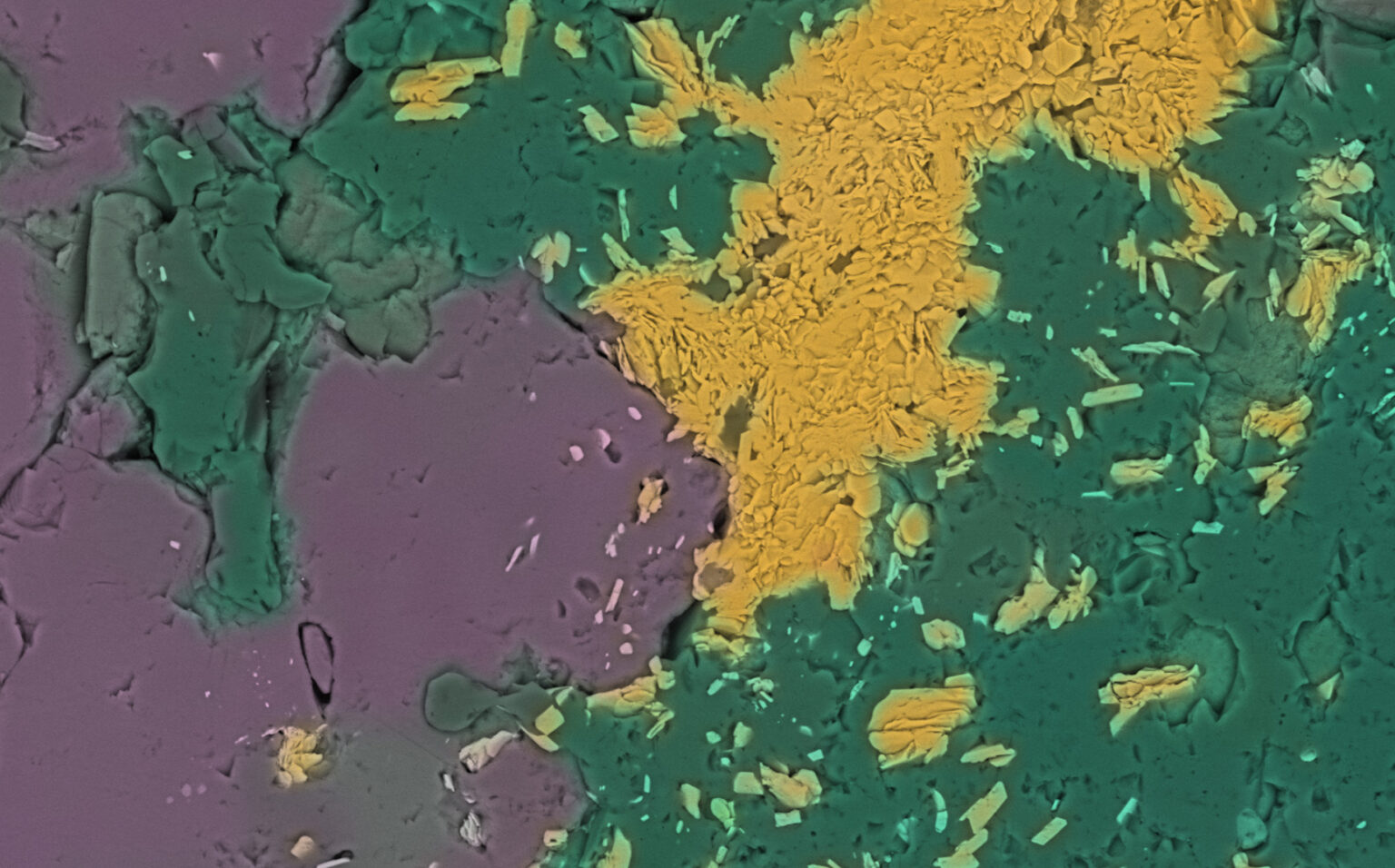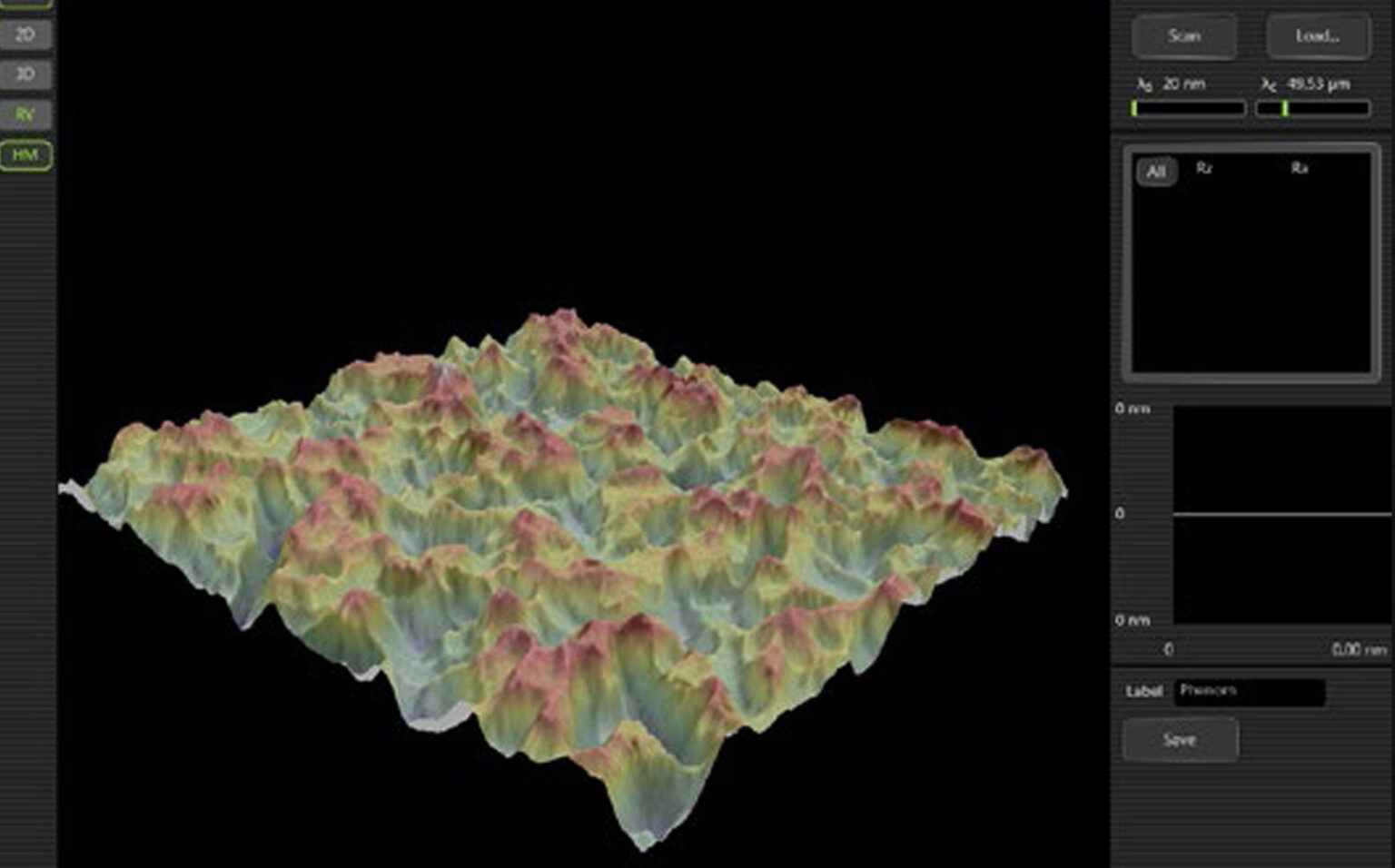Purchasing a scanning electron microscope (SEM) can offer significant competitive advantage to organizations operating in a space where microscopy is paramount. An SEM uses a focused beam of electrons to generate high resolution images by scanning it across a sample surface. The technique is far superior to optical microscopy in terms of resolution, magnification, and depth of focus. Modern SEM instruments enhance a wide variety of applications including semiconductors, manufacturing, metallurgy, and batteries.
Choosing the right SEM for your specific needs can be a daunting task, considering the multitude of options available in the market. In this article, we will explore the key factors that should be taken into account when making this significant investment. By understanding these crucial factors, you will be better equipped to select the ideal SEM that aligns with your goals and requirements.





